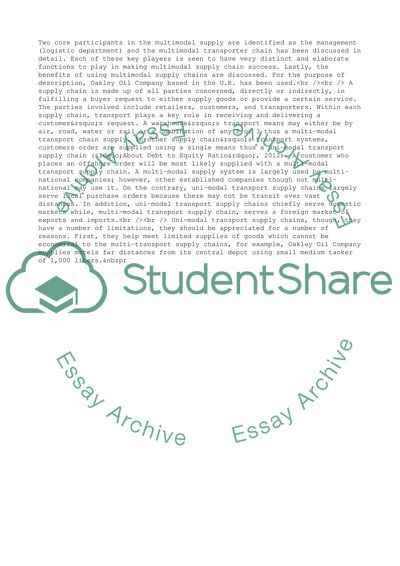Cite this document
(The Concept of Uni-Modal Supply Chain Term Paper, n.d.)
The Concept of Uni-Modal Supply Chain Term Paper. Retrieved from https://studentshare.org/business/1611422-transport-report
The Concept of Uni-Modal Supply Chain Term Paper. Retrieved from https://studentshare.org/business/1611422-transport-report
(The Concept of Uni-Modal Supply Chain Term Paper)
The Concept of Uni-Modal Supply Chain Term Paper. https://studentshare.org/business/1611422-transport-report.
The Concept of Uni-Modal Supply Chain Term Paper. https://studentshare.org/business/1611422-transport-report.
“The Concept of Uni-Modal Supply Chain Term Paper”, n.d. https://studentshare.org/business/1611422-transport-report.


